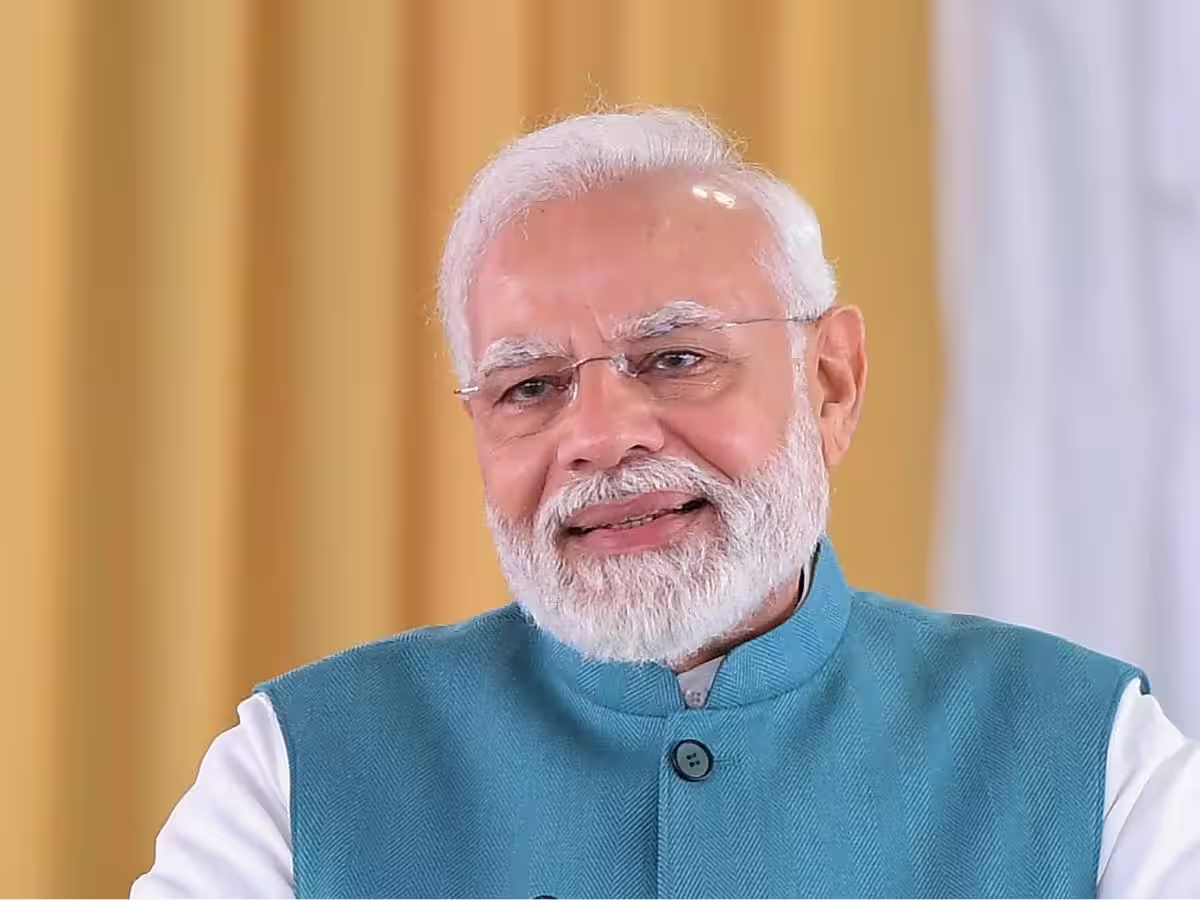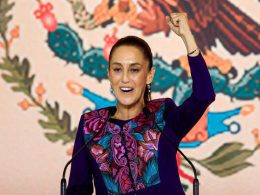Narendra Modi, the Prime Minister of India, has been one of the most influential and controversial leaders in contemporary Indian politics. His tenure has seen significant achievements and contentious policies, which have profoundly impacted the nation. This article examines the various factors contributing to what some perceive as the humbling of Narendra Modi, analyzing his political journey, major policies, and the resulting socio-economic effects. Additionally, we will present an analysis table and a comparative table to provide a clear picture of his tenure’s successes and challenges.
Rise to Power
Narendra Modi’s rise to power is a story of political strategy, grassroots mobilization, and a promise of development. Born in 1950 in Vadnagar, Gujarat, Modi’s early life was marked by modest means and a deep involvement with the Rashtriya Swayamsevak Sangh (RSS), a right-wing Hindu nationalist organization. His political career took off when he became the Chief Minister of Gujarat in 2001, a position he held until 2014.
Key Achievements as Chief Minister
- Economic Development: Modi’s tenure as Chief Minister saw significant economic growth in Gujarat, with the state becoming a model for development.
- Infrastructure Projects: Large-scale infrastructure projects, such as the Gujarat International Finance Tec-City (GIFT) and the Sabarmati Riverfront, were initiated.
- Industrial Growth: Modi’s policies attracted significant industrial investment, leading to job creation and economic diversification.
National Leadership and the BJP’s Dominance
In 2014, Modi led the Bharatiya Janata Party (BJP) to a historic victory in the general elections, becoming the Prime Minister of India. His campaign, centered around the promise of “Acche Din” (Good Days), resonated with a populace tired of corruption and sluggish economic growth.
Major Policies and Reforms
- Economic Reforms: Initiatives like “Make in India,” “Digital India,” and the Goods and Services Tax (GST) aimed at boosting economic growth and modernization.
- Demonetization: In November 2016, Modi announced the demonetization of ₹500 and ₹1,000 currency notes, intending to curb black money and promote digital transactions.
- Social Initiatives: Programs such as Swachh Bharat (Clean India) and Jan Dhan Yojana (financial inclusion) aimed to improve the quality of life for millions.
Challenges and Controversies
While Modi’s tenure has seen significant achievements, it has also been marred by controversies and challenges that have contributed to his humbling.
Economic Slowdown
Despite initial growth spurts, India’s economy has faced significant challenges in recent years. GDP growth slowed down considerably, exacerbated by the COVID-19 pandemic. The unemployment rate rose, and several sectors, including agriculture and manufacturing, struggled.
Social Unrest and Policy Backlash
- Citizenship Amendment Act (CAA) and National Register of Citizens (NRC): These policies led to widespread protests and accusations of promoting a divisive, anti-Muslim agenda.
- Farmers’ Protests: The agricultural reforms introduced in 2020 faced massive protests from farmers, who feared loss of income and increased corporate control over agriculture.
COVID-19 Pandemic
The handling of the COVID-19 pandemic has been a significant point of criticism. The initial lockdown was praised, but the subsequent waves of infections exposed healthcare inadequacies and administrative lapses.
International Relations
Modi’s foreign policy has been marked by both successes and setbacks. Efforts to strengthen ties with major powers like the United States and Japan were successful, but relations with neighboring countries such as Pakistan and China have remained strained.
Diplomatic Achievements
- United States: Strengthened strategic and defense ties, reflected in agreements like COMCASA and BECA.
- Middle East: Improved relations with Gulf countries, securing vital energy and economic deals.
Diplomatic Challenges
- China: Border tensions in Ladakh led to a significant military standoff in 2020.
- Pakistan: Relations continued to be tense, with frequent ceasefire violations and diplomatic spats.
Analysis Table
| Aspect | Achievements | Challenges |
|---|---|---|
| Economic Policies | Make in India, GST, Digital India | Demonetization impact, Slow GDP growth |
| Social Initiatives | Swachh Bharat, Jan Dhan Yojana | CAA and NRC backlash, Farmers’ protests |
| Pandemic Management | Early lockdown praised | Health system inadequacies, Second wave criticism |
| International Relations | Strong US ties, Gulf cooperation | Border tensions with China, Pakistan relations |
Comparative Table: Pre and Post Modi Era
| Metric | Pre-Modi Era (2004-2014) | Modi Era (2014-2024) |
|---|---|---|
| GDP Growth Rate | Average 7.6% | Average 6.8% |
| Foreign Direct Investment | $25 billion (2013) | $81.72 billion (2020-21) |
| Ease of Doing Business Rank | 142 (2014) | 63 (2020) |
| Digital Connectivity | Limited | Expanded through Digital India initiative |
| Social Unrest | Sporadic | Frequent large-scale protests (CAA, Farmers) |
| Healthcare System | Underfunded | Exposed by COVID-19 pandemic |
Conclusion
Narendra Modi’s tenure as Prime Minister has been a mix of significant achievements and profound challenges. His policies have led to substantial changes in India’s economic and social landscape, but they have also sparked considerable controversy and opposition. The humbling of Narendra Modi can be attributed to multiple factors, including economic slowdown, social unrest, and the handling of the COVID-19 pandemic. As India moves forward, the lessons learned from Modi’s leadership will be crucial in shaping the nation’s future trajectory.












